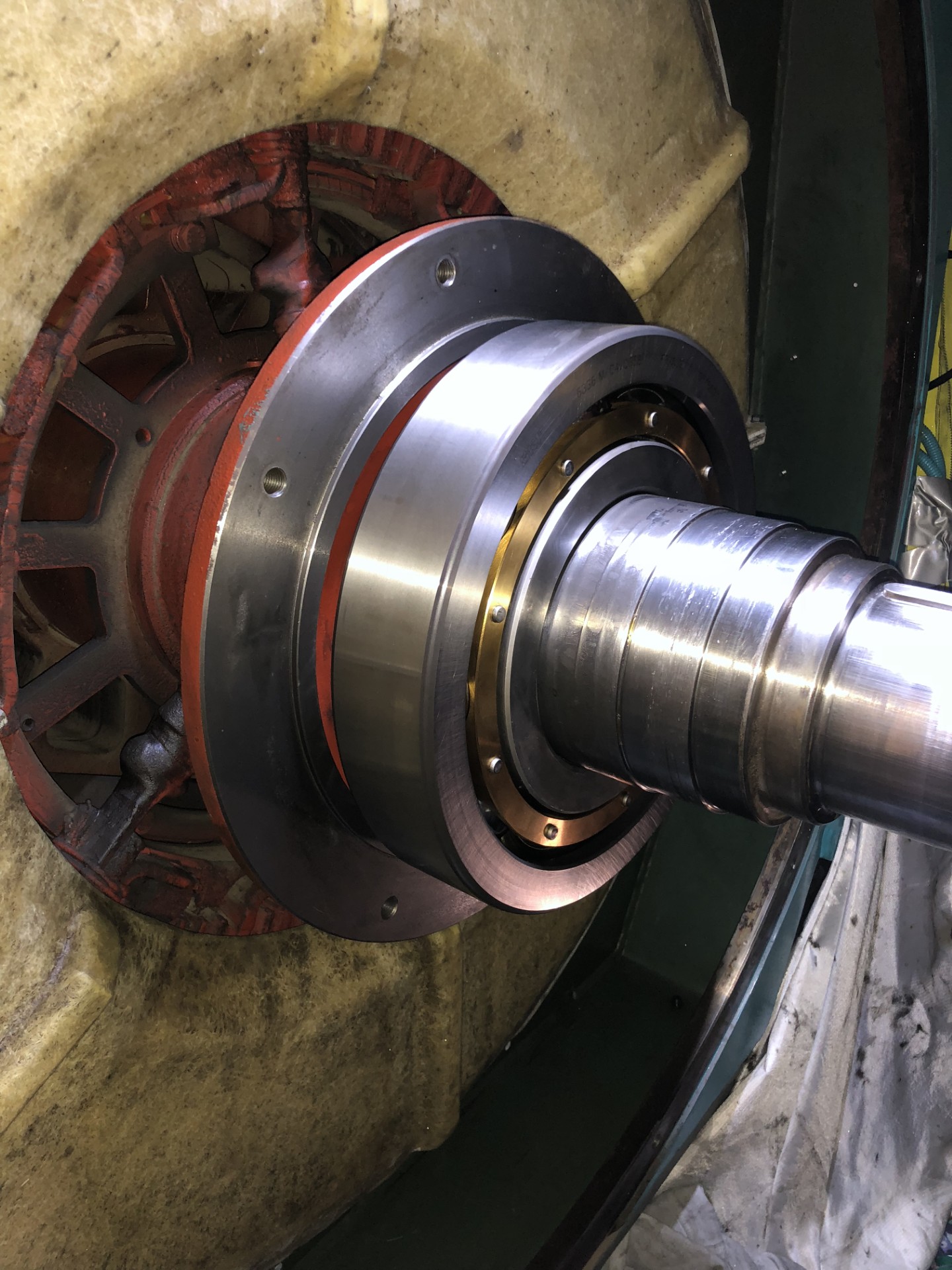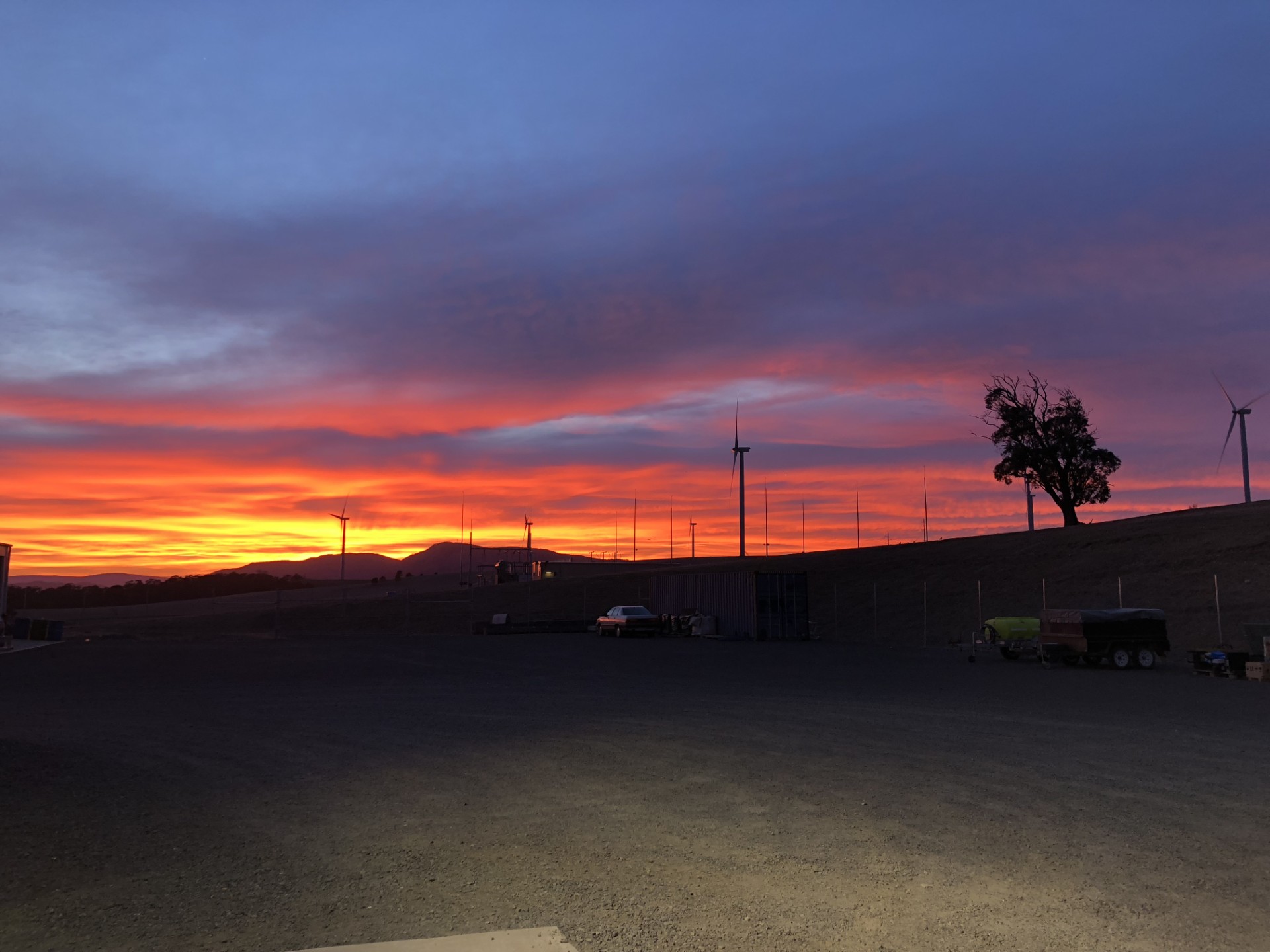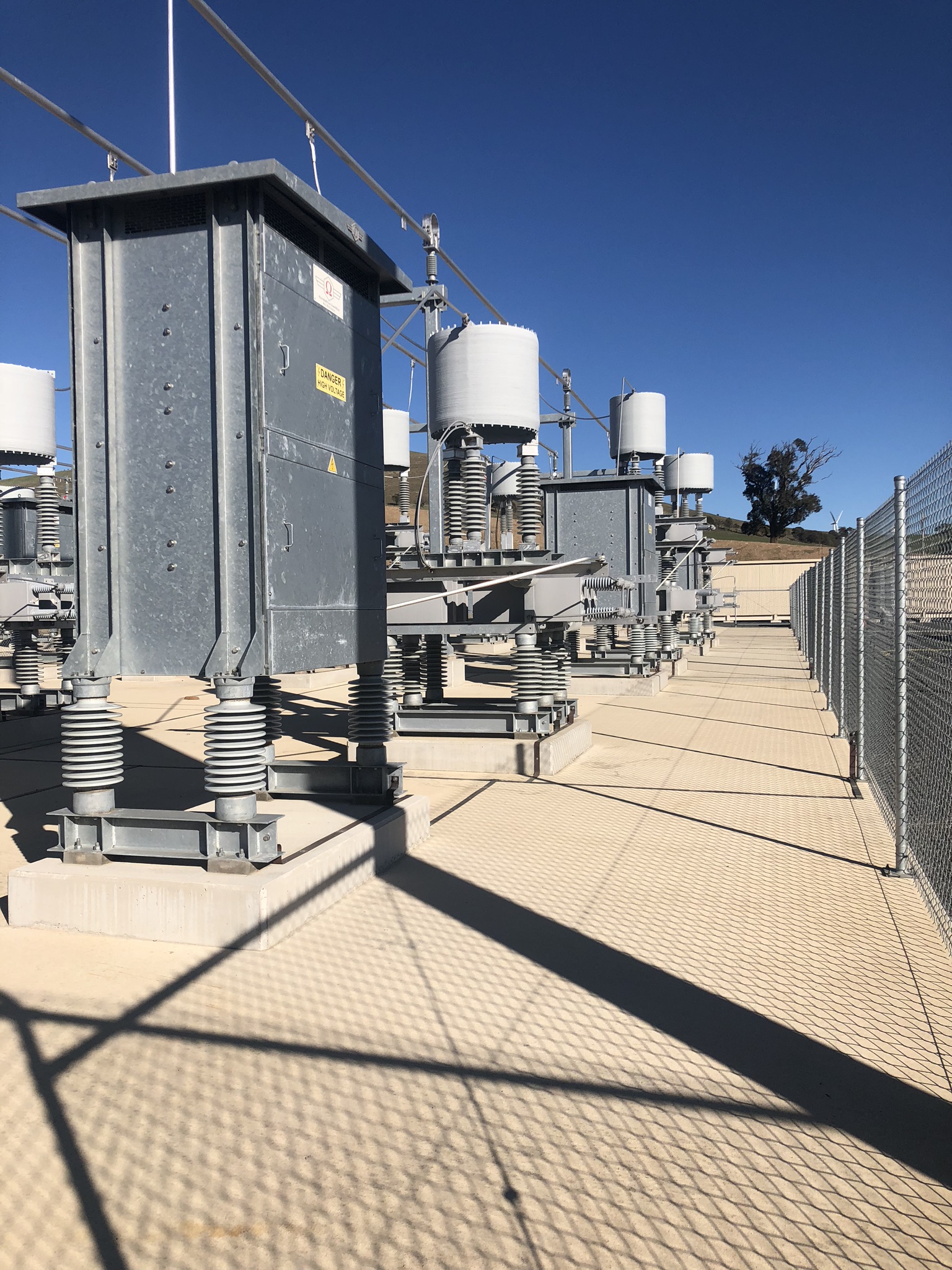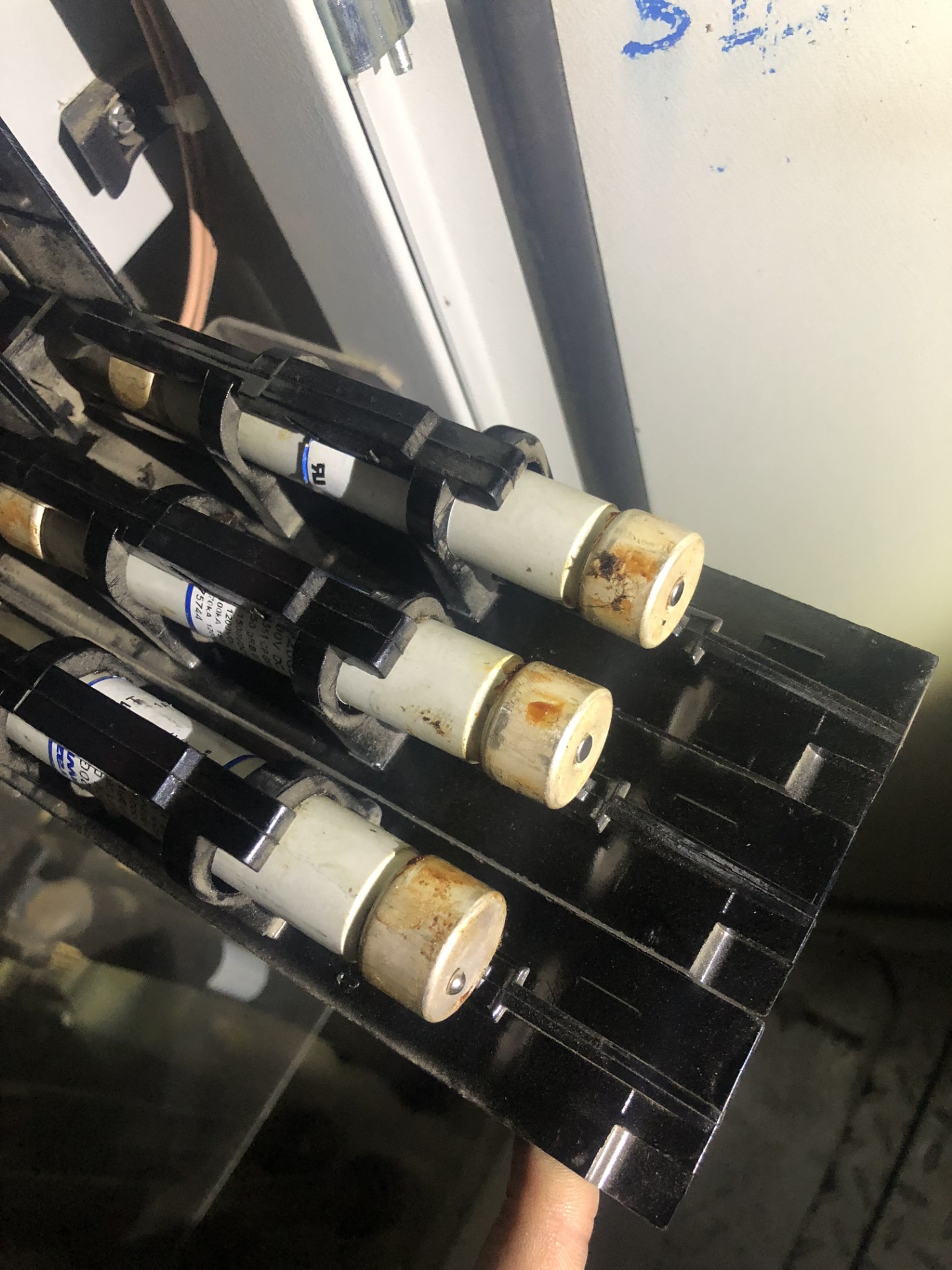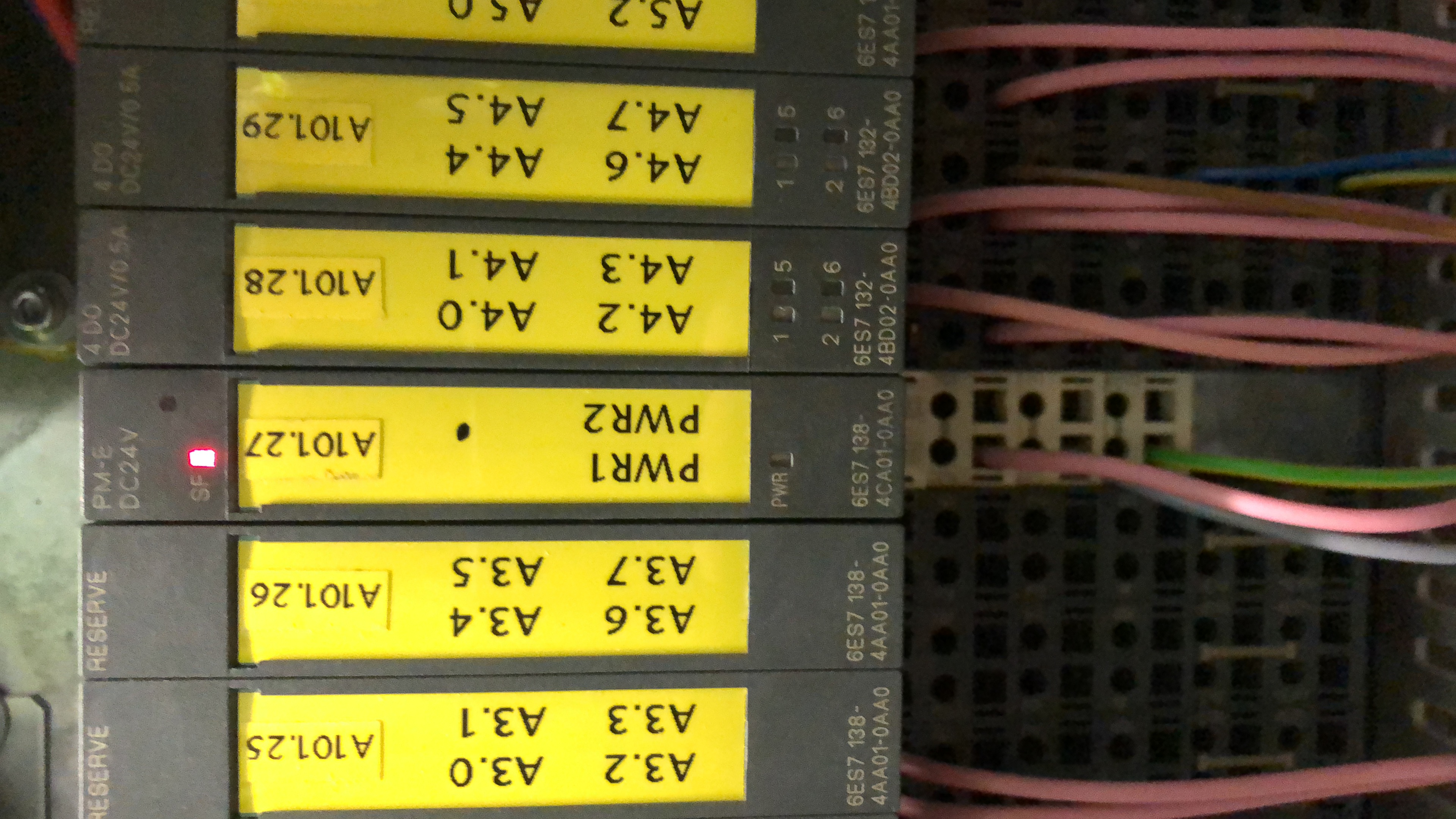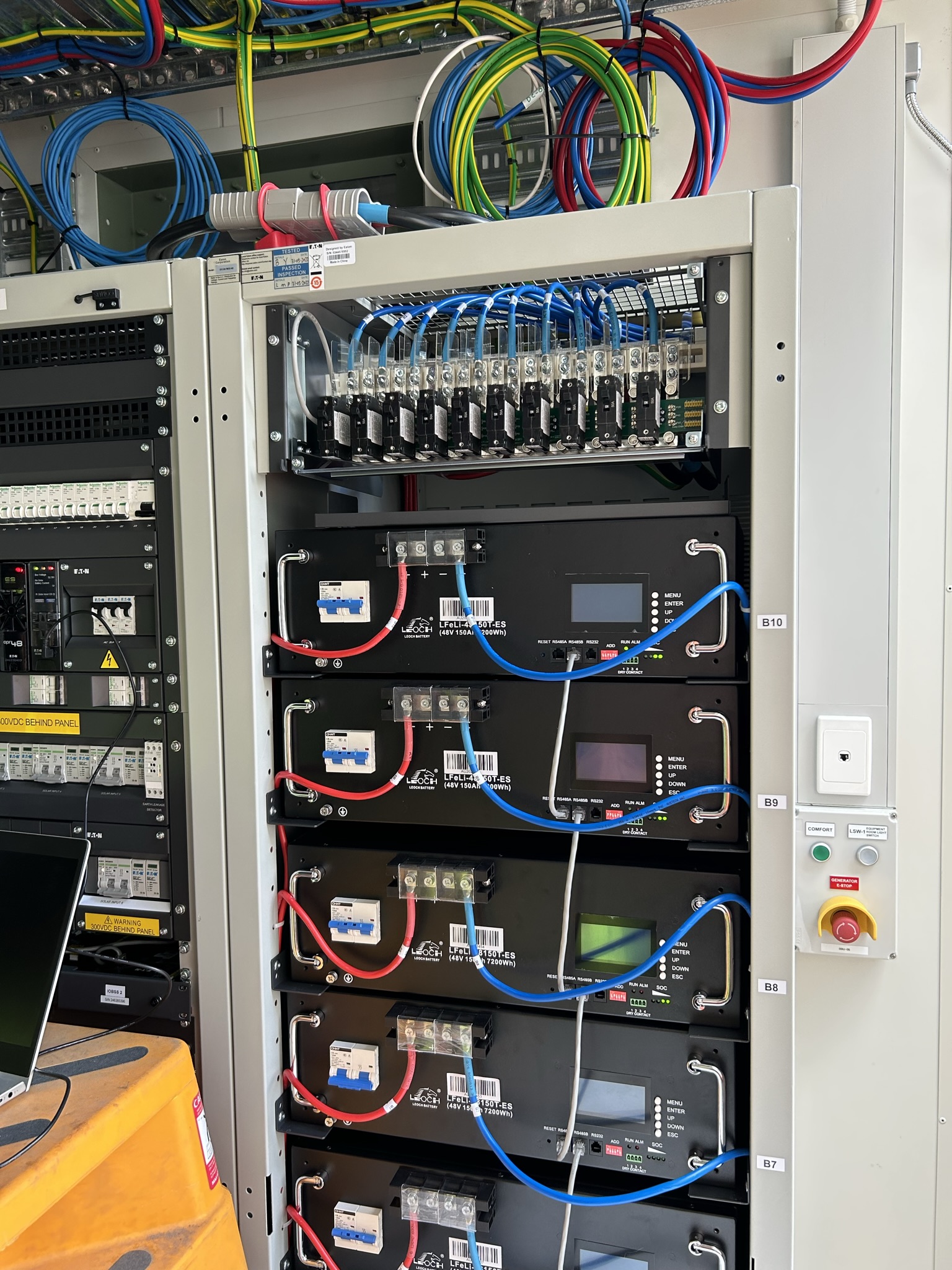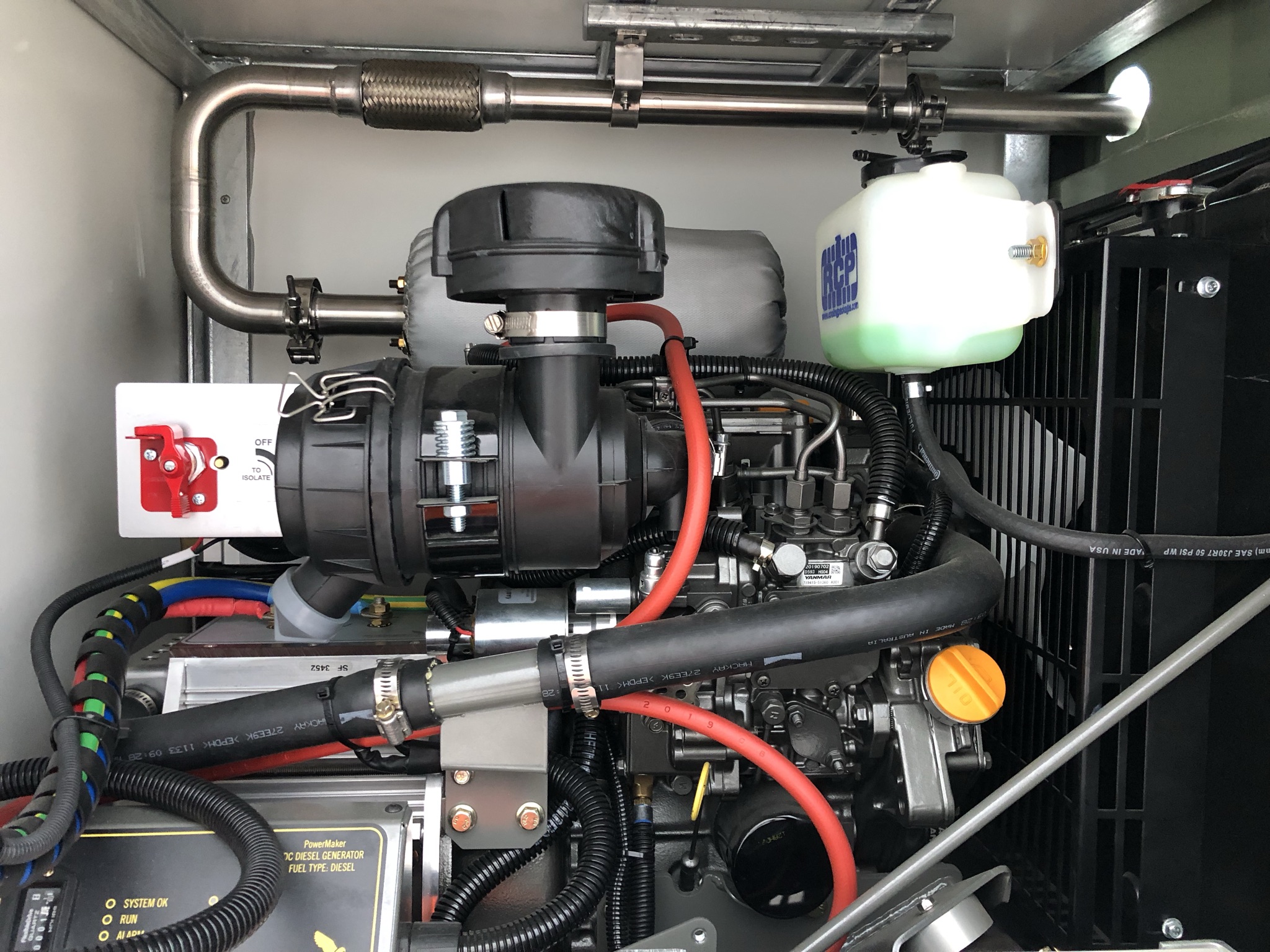Programmable Logic Controllers (PLCs) are industrial digital computers designed for the control and automation of manufacturing processes, machinery, and other systems. First introduced in the late 1960s, PLCs were developed to replace complex relay-based control systems. They are highly reliable, adaptable, and capable of operating in challenging environments, making them essential tools in industries such as automotive, oil and gas, pharmaceuticals, and food processing.
A PLC operates by continuously monitoring input devices like sensors, switches, and encoders. Based on the inputs, it executes a user-defined program stored in its memory, then sends control signals to output devices such as actuators, motors, and alarms. These programs are typically written in ladder logic, function block diagrams, or structured text, which are tailored to the needs of engineers and technicians for ease of programming and troubleshooting.
One of the most significant advantages of PLCs is their modularity and scalability. Modern PLC systems can be expanded with additional input/output modules, communication interfaces, and specialized functions like motion control or process monitoring. Many PLCs also integrate with other automation technologies, including Human-Machine Interfaces (HMIs) and Supervisory Control and Data Acquisition (SCADA) systems, to provide centralized control and monitoring of complex operations.
PLCs have evolved significantly since their inception, incorporating advanced features such as high-speed processing, wireless communication, and IoT connectivity. These innovations enable real-time data acquisition and predictive maintenance, enhancing productivity and reducing downtime. As industries continue to move toward Industry 4.0 and smart manufacturing, PLCs remain pivotal in enabling seamless automation and efficient system integration.
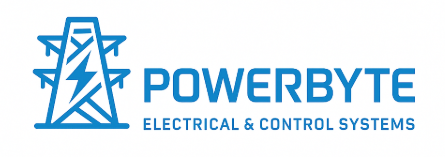
.svg)




.svg)
.svg)
.svg)



